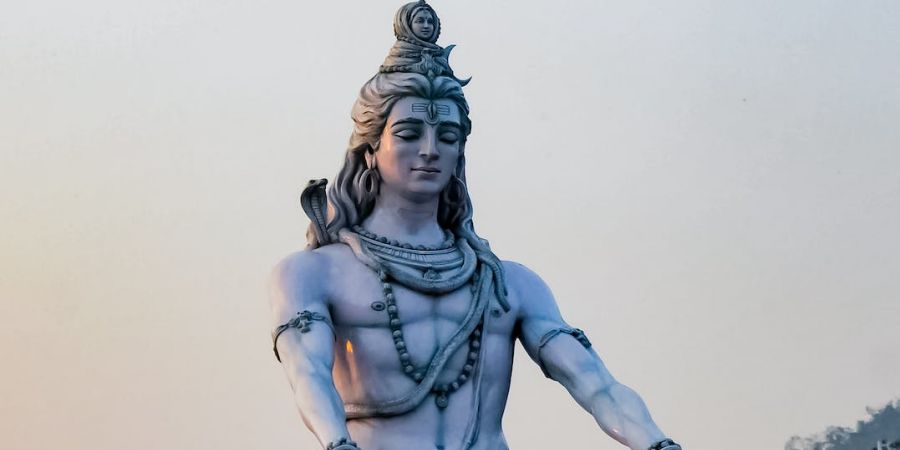

Folklore gives a few motivations to Maha Shivaratri. Some express that on this specific day Ruler Shiva swallowed the Halahala poison created during Samudra manthan (stirring of the sea), holding it in his neck. This swollen and turned his neck blue, giving him the name Neel Kanth. The Bhagavata Purana, Mahabharata and Vishnu Purana portray this adventure, additionally making sense of the beginning of Amrita, the nectar of eternality. The story goes that the devas and asuras, making an impermanent collusion, stirred the sea to recover this nectar of interminability. To stir the sea they involved Mount Mandara as a beating bar. They utilized Vasuki, a nāgarāja snake withstanding on Shiva's neck, as the beating rope.
Toward the to and fro stirring of the sea, the snake Vasuki delivered a dangerous toxic substance so strong that it would have obliterated every one of those beating the sea, yet every one of the universes too. To save them Shiva held the toxin in his mouth and this turned his throat blue. In certain variants Master Shiva gulped the toxic substance and experienced extreme agony as it entered his body. Consequently, lovers mark this event with fasting, in a dismal and reflective way.
Described with fluctuating subtleties in the Ramayana and various Puranas (old Hindu sacred writings), there was once an evil spirit named Taraka who's power imbued dread in the hearts of the divine beings.
Uncertain of how to overcome Taraka, the divine beings moved toward Brahma (known as the maker of the universe) for help, who let them know that if Shiva would be persuaded to have a kid with Parvati, that youngster would have the option to cause the evil spirit's passing. Shiva, be that as it may, who had become saturated with parsimony and profound contemplation after his most memorable spouse, Sati, kicked the bucket, showed no interest in wedding another.
To mix Shiva out of his contemplation and impel his energy for Parvati, the divine beings utilized Kamadeva (the lord of adoration), who terminated various longing actuating bolts at him. This, notwithstanding, just infuriated Shiva, who produced a power from his third eye that diminished Kamadeva to a heap of cinders.
Parvati, who was really Sati in her past, still up in the air to be hitched to Shiva. Subscribing to retribution like his, she in the end acquired his fascination through her starkness and dedication, and he consented to wed her. As guaranteed by Brahma, the two had a child named Skanda who proceeded to overcome Taraka.
Together, Parvati, who is an indication of the ladylike part of the Heavenly known as Shakti (the imaginative and fiery strength), and Shiva, who is a sign of the manly perspective, address the unique association that flashes creation.
As the manly and female energies exist in the Heavenly awareness, they likewise exist in each individual. Other than being a day to honor Shiva and Parvati's association, Maha Shivaratri is a day to perceive the job every one of these energies play in our lives.
